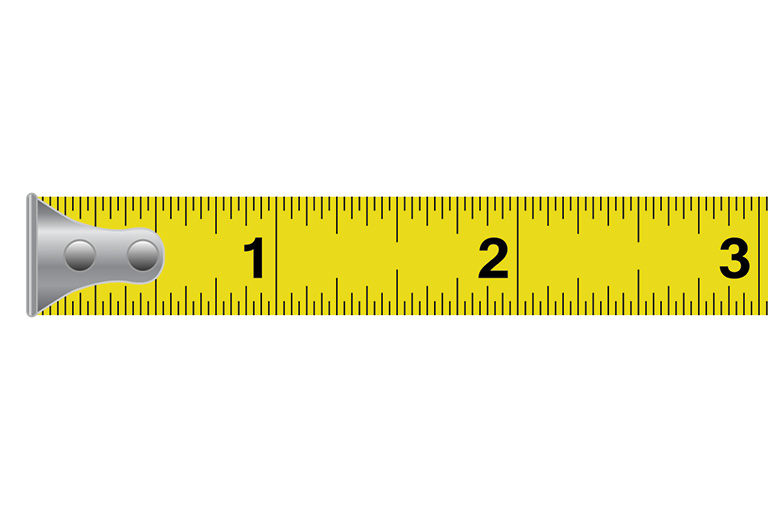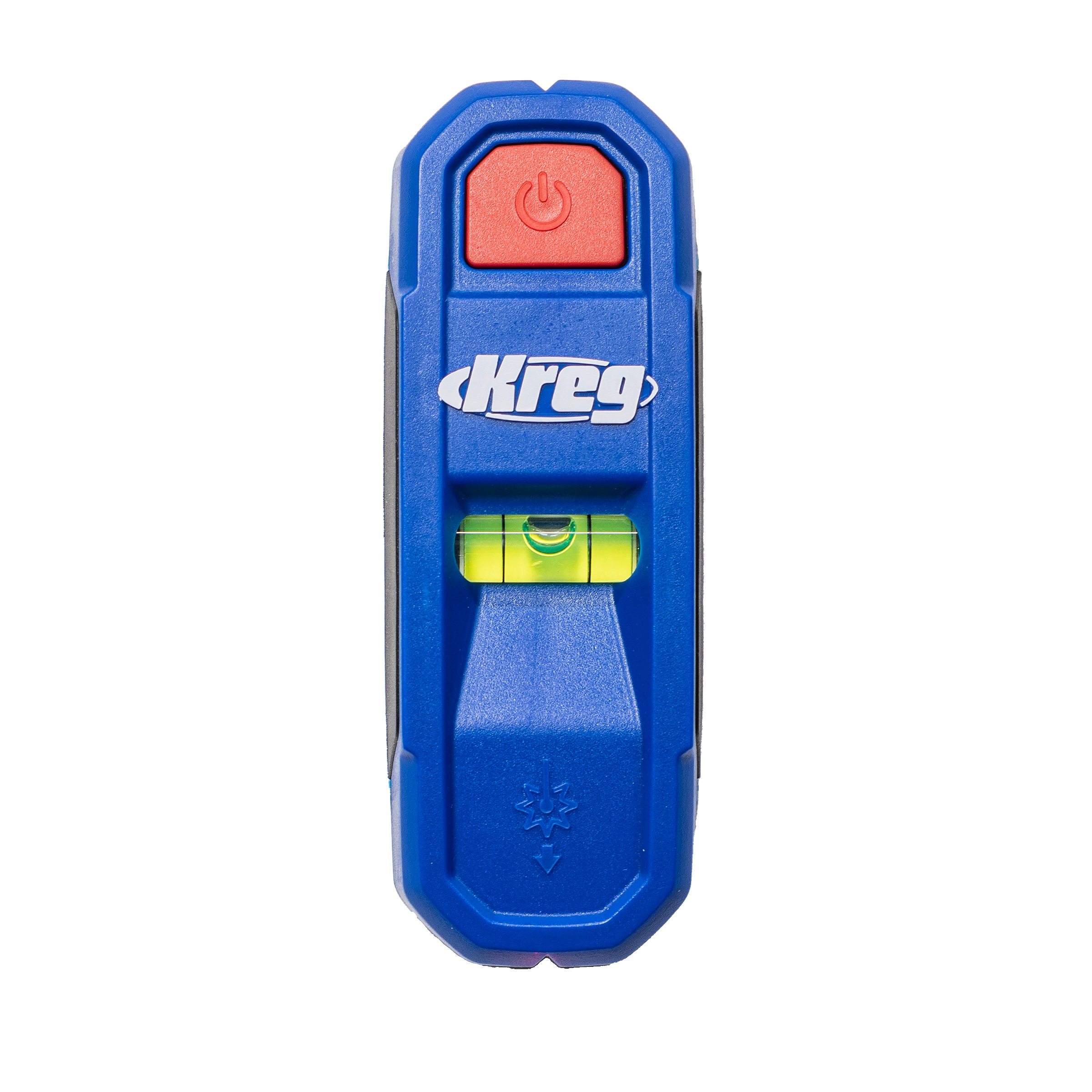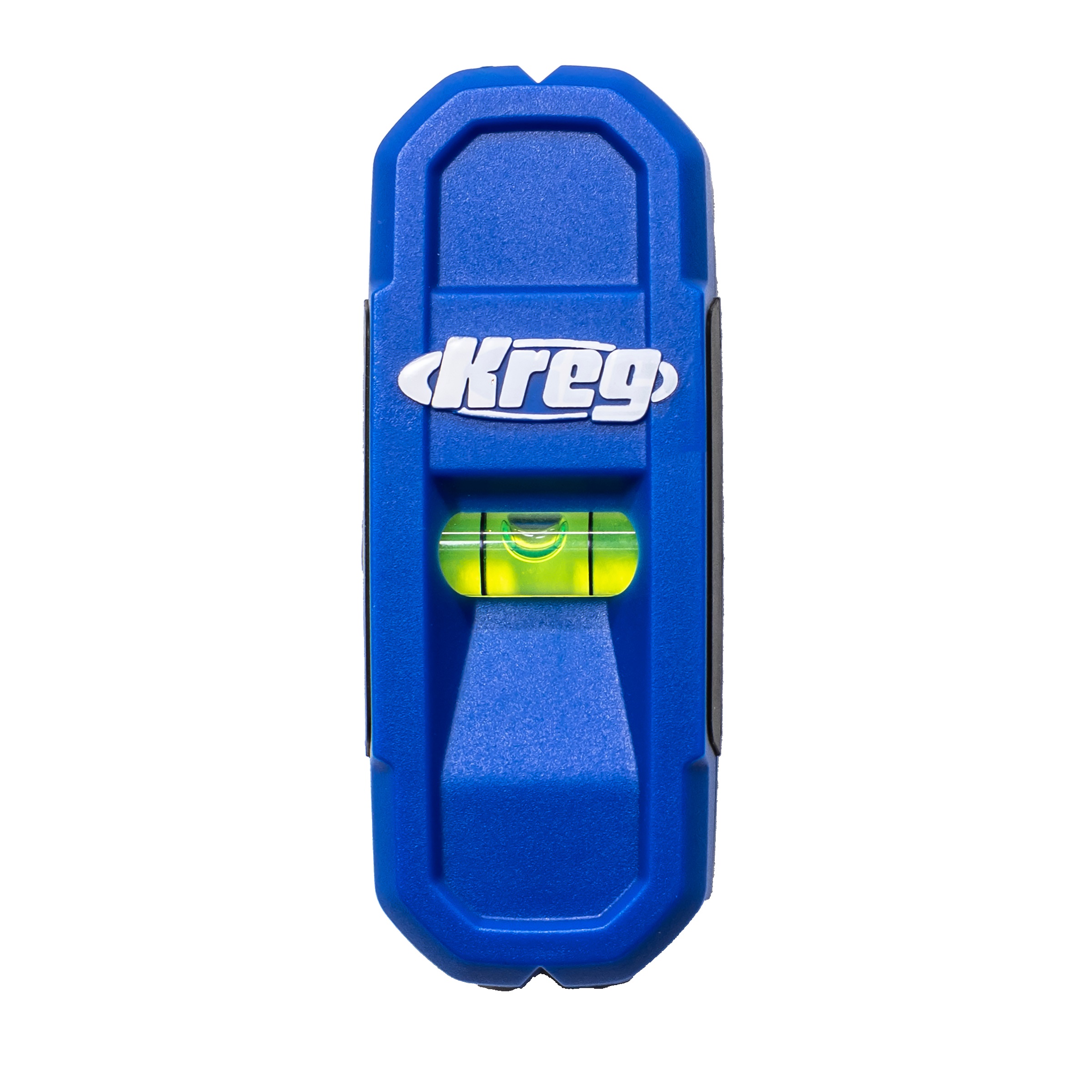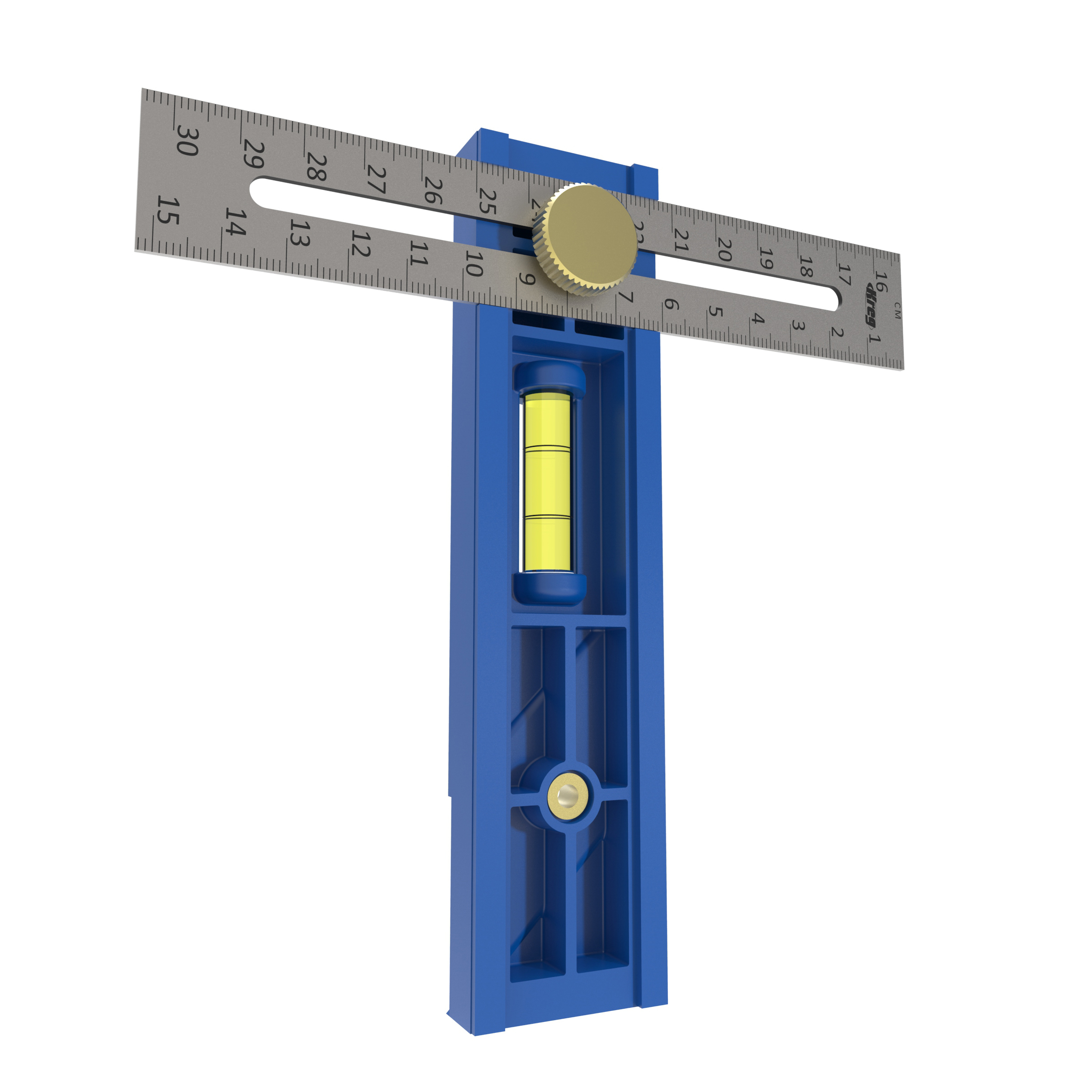In woodworking and DIY, where precision reigns supreme, every nail driven, every shelf mounted, and every cabinet installed demands attention to detail. One thing that is often a source of frustration: locating studs concealed in walls.
The solution? Stud finders. This guide delves into the world of stud finders, focusing on how these handy devices can be a game-changer for anyone looking to undertake projects around the house.
Stud Finder Questions
What is the easiest way to find studs in a wall?
The easiest way to find studs in a wall is by using a stud finder because it’s the most straightforward and efficient method for locating studs without the need for manual tapping or measuring.
How does a stud finder find a stud?
A stud finder finds a stud by detecting changes in material density within the wall, usually caused by wood studs, or in the case of magnetic stud finders, it detects nail or screw heads.
What does a stud finder actually detect?
A stud finder actually detects variations in material density within the wall, typically indicating the presence of a stud or other structural element.
What is the correct way to use a stud finder?
The correct way to use a stud finder is to place it against the wall and slowly move it horizontally, allowing the device to scan for changes in density or the presence of metal that indicates the presence of a stud.
How can I be sure I found a stud?
You can be sure you found a stud by marking the detected location and verifying it with a nail or screw, which should securely anchor into the stud.
Does a stud finder beep when it finds a stud?
Some stud finders beep or provide visual indicators when they find a stud, making it easier to identify stud locations accurately. Magnetic stud finders will stick to the wall where they’ve found metal.
How many inches apart are studs?
Studs are typically spaced 16 or 24 inches apart on center.
How far apart are studs in drywall?
Studs in drywall are generally spaced 16 inches apart, following standard construction practices and building codes.
How deep are studs behind drywall?
Studs are typically about 1.5 inches deep behind drywall, providing ample depth for securely anchoring fixtures and fittings.
Can you use a stud finder on plaster walls?
Yes, you can use a stud finder on plaster walls, as long as the stud finder is compatible with the wall material and thickness. To find studs behind thick plaster, consider using a stud finder with deeper scanning capabilities or adjusting the sensitivity settings for better results.
How do you find studs behind thick plaster walls?
To find studs behind thick plaster, consider using a stud finder with deeper scanning capabilities or adjusting the sensitivity settings for better results.
Exploring the Types of Stud Finders
In the intricate world of woodworking, accurate stud detection is paramount for successful installations and projects. Stud finders serve as indispensable tools for identifying studs concealed within walls, ensuring secure anchoring of fixtures and preventing damage to underlying structures. Woodworkers are presented with a variety of stud finder options, each offering unique features and benefits. In this guide, we’ll explore the different types of stud finders, with a particular focus on magnetic stud finders and their relevance in woodworking endeavors.
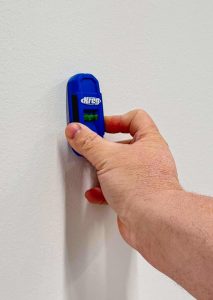
Magnetic Stud Finders
Magnetic stud finders operate on a simple yet effective principle: detecting metal fasteners (typically nails or screws) securing studs within walls. These stud finders have powerful magnets that react to the metal fasteners, causing the device to cling to the wall at the point of detection. Magnetic stud finders are prized for their simplicity, reliability, and affordability, making them popular choices among woodworking enthusiasts, DIYers, and professionals alike.
Electronic Stud Finders
Electronic stud finders use advanced sensors and algorithms to detect changes in wall density, indicating the presence of studs. These stud finders typically feature LCD displays or audible indicators to alert users to the location of studs. Electronic stud finders offer precise stud detection and are capable of identifying the edges and centers of studs. However, they require batteries and may need occasional calibration to maintain accuracy.
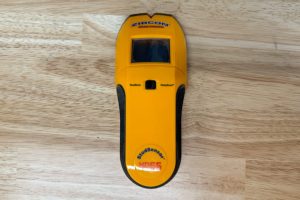
Ultrasonic Stud Finders
Ultrasonic stud finders emit high-frequency sound waves that penetrate walls, bouncing back when they encounter changes in density, such as studs. By analyzing the reflected sound waves, ultrasonic stud finders can determine the location of studs within walls. These stud finders are known for their ability to detect studs through various wall materials, including drywall, plaster, and wood paneling. However, ultrasonic stud finders may be less accurate in certain wall configurations and may require practice to use effectively.
Combination Stud Finders
Combination stud finders mix multiple detection technologies, offering versatility and reliability in stud detection. These stud finders may combine magnetic, electronic, and/or ultrasonic sensors to provide comprehensive stud detection capabilities. Combination stud finders are ideal for people who require precise and reliable stud detection across a variety of wall types and configurations.
Understanding Magnetic Stud Finders
Magnetic stud finders stand out as examples of simplicity and reliability. Unlike their electronic counterparts, which rely on intricate sensors, magnetic stud finders operate on a fundamental principle: detecting the metal fasteners securing studs within walls. This inherent simplicity not only renders them user-friendly but also eliminates the need for batteries or calibration. Their magnetic attraction to metal fasteners ensures consistent and accurate stud detection, making them a preferred choice for woodworking enthusiasts and seasoned professionals alike.
Why use a magnetic stud finder?
Magnetic stud finders are popular for their simplicity, reliability, and affordability.
How does a magnetic stud finder find wood?
Magnetic stud finders detect metal fasteners, such as nails or screws, used to secure studs within the wall, allowing users to identify stud locations accurately during woodworking tasks.
How Magnetic Stud Finders Work
Magnetic Attraction
When a magnetic stud finder is placed against a wall, its powerful magnetism locates metal fasteners within the wall, particularly those securing studs.
Detection
As the stud finder moves along the wall, the magnet reacts to the presence of metal fasteners. When the magnet detects a metal object, it aligns itself with the fastener, causing the stud finder to cling to the wall.
Are magnetic stud finders any good?
Yes, magnetic stud finders are effective and offer consistent results and ease of use.
Advantages of Magnetic Stud Finders
Simplicity
One of the primary advantages of magnetic stud finders is their simplicity. They require no batteries, calibration, or complex setup procedures, making them extremely easy to use.
Reliability
Magnetic stud finders offer consistent and reliable results. Their reliance on magnetic attraction ensures that metal fasteners, and thus studs, are accurately detected with minimal margin for error.
Affordability
Compared to electronic stud finders, magnetic stud finders are often more affordable, making them a cost-effective option for woodworkers seeking reliable stud detection tools.
Durability
Magnetic stud finders are typically robust and durable. Their simple construction contributes to their longevity, ensuring years of reliable service.
Is it worth getting a stud finder?
Yes, it’s worth getting a stud finder for accurate and efficient stud detection, especially for woodworking projects or home improvement tasks that involve hanging heavy objects or installing fixtures securely.
Choosing the right magnetic stud finder
When looking into magnetic stud finders, factor in a few important considerations.
Sensitivity
Opt for a magnetic stud finder equipped with adjustable sensitivity settings to accommodate varying wall types and thicknesses.
Form factor and ergonomics
Select a model that seamlessly integrates comfort and functionality.
Durability
Prioritize build quality to withstand everyday use.
Additional Features
Evaluate supplementary functionalities such as built-in levels, LED indicators, or marking capabilities to amplify utility and user experience.
The Kreg® Magnetic Stud Finder with LASER-MARK™
While there are several options when thinking about adding a magnetic stud finder to your toolbox, the Kreg® Magnetic Stud Finder with LASER-MARK™ checks all the boxes for durability, form factor, accuracy, and features. There’s also a version without the laser that is 100% battery-free and even more compact.
Check out the video below to see Kreg’s magnetic stud finders in action.


